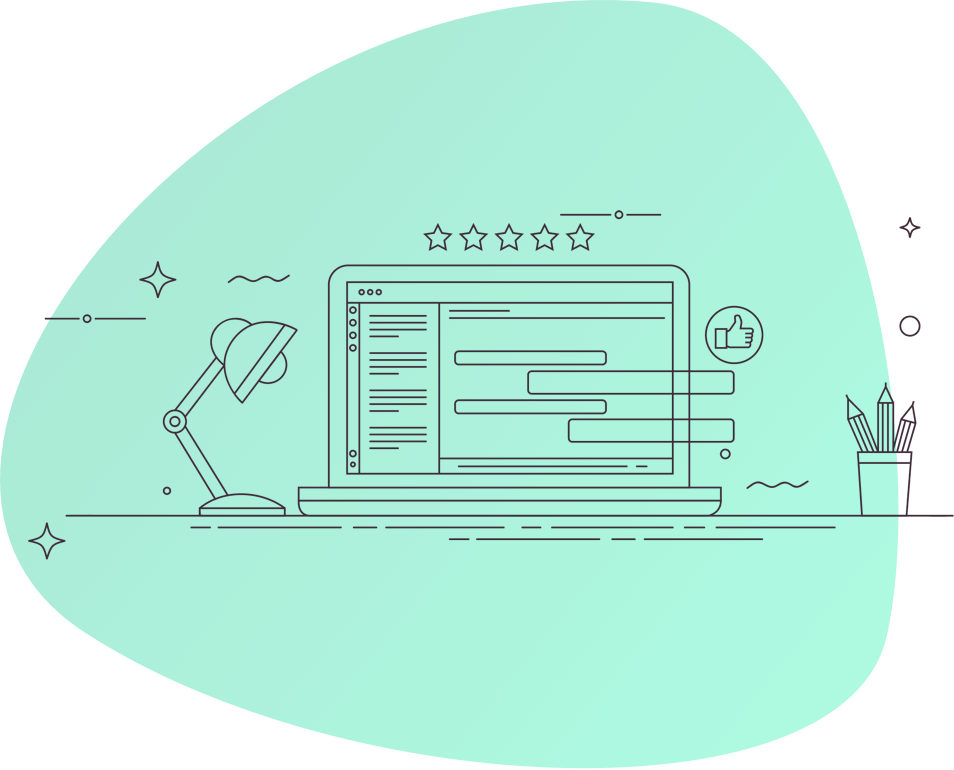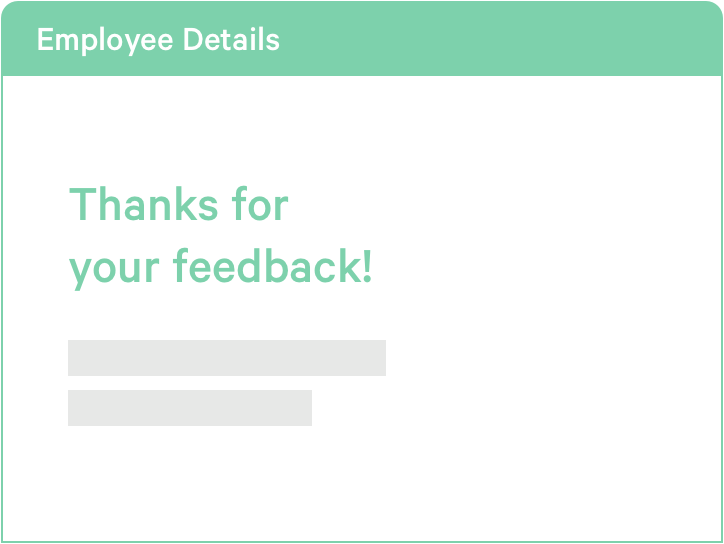
If you do build a great experience, customers tell each other about that. Word of mouth is very important- Jeff Bezos
Capturing customer feedback is important to ensure your organization is meeting customer needs.
The online survey market is cluttered with tools, many of which are low quality, highly priced, or hard to use. Having a company to help guide you through the process can be extremely valuable.
Whether it's a transactional survey or a relationship survey, we have you covered.
Net Promoter Score is the most important concept in customer satisfaction.
The Net Promoter Score question was developed by Bain & company in 2003. Instead of asking if your customers are satisfied, you're asking if they're promoters of your company. You're trying to determine if your customers will speak up and recommend your brand. This is vital if you wish to expand your business, as positive recommendations promote growth.
This question asks "How likely is it that you would recommend this company to a friend or colleague?" with options from 0 to 10. When scored this question gives you one number from -100 to 100 to determine brand loyalty. That number can be tracked internally over time and even compared to other business in your industry.

When trying to measure customer satisfaction, there are a few different survey types that can be used. Each type can help collect different data points, helping your organization paint the full picture of customer satisfaction.
A customer effort score is as simple as asking the question "How easy was it to ___". The customer effort and Net Promoter Score should be staples in your organization.
This survey type measures the amount of effort to use your product or solve a problem. The higher the score, the more likely your customers are to make another purchase. HBR did a study on this with over 75,000 participants, and found tag 94% of customers who repot a low effort score expressed an intention to repurchase, and 88% said they would increase their spending.
Note: HBR's study asked the question "How Difficult was it to ___" instead of "How easy was it to__". Because of this, they referred to a lower score as better. We recommend asking "How easy", as this has a positive connotation, and is now standard in the industry.
An email survey is the best way to collect responses for customer effort score. For new users, you can send them a survey one or two weeks after an initial sign up. This data can help you identify to increase retention rates and improve your user experience.
View our customer effort score survey template
This could also be referred to as a point-of-conversion survey. This type of survey is triggered after an event like a purchase or a sign up. Data captured from this survey type can help identify problem areas, help with proper product pricing, new product offerings, and ultimately help drive revenue growth.
For online purchases we recommend sending an email survey 24-48 hours after a product is delivered. For customer support tickets we recommend sending an email survey, waiting at least 20 minutes after the ticket is completed. This wait time help the customer determine if the product met their needs or if problem was actually revolved.
A survey link can also be included inside of an email recipient as a simple method to collect data. Brick and mortar businesses can also add a QR code survey to paper receipts or product packaging.
Transactional surveys don't need to be sent out after every purchase or interaction. You don't want to be known as the company who bombards people with survey requests. Use a sample. Maybe every fifth customer or transaction.
View our transactional survey template
Usually these types of surveys are sent out once a year. These types of surveys are not tied back to a specific transactions, but sent periodically.
The goal of a relationship survey is to measure and track how loyal your customers are to the brand. This survey should revolve around the Net Promoter Score. If you see a trend of lower scores it could mean customers aren’t finding the products they need, prices are too high, or are choosing competitors for various reasons.
It's important to send relationship surveys to customers who have not made a recent purchase, such as six months before the survey date. This will help you capture value feedback on why customers have stopped doing business. Exclude any customers that have been sent a transactional survey in the past three months; doing this reduces survey fatigue.

Many organizations aren’t aware of survey features that could help them collect better data! This would go beyond customer satisfaction and help drive revenue.
MaxDiff, Choice-Based Conjoint, and Van Westendorp Analysis can be used to create and price the perfect product or service offering. SurveyKing is the only platform with these tools easily accessible.
Custom data can be included with your surveys automatically. This data could include customer region, store location, customer order number and more.
This data is included with the results and will help you segment and filter the survey responses, helping to spot hidden trends. For example you maybe notice customers buying a certain category of items are dissatisfied.


Add in incentives to the survey like coupons, to drive responses, while increase customer loyalty.
According to Jon Taffer, "with each visit, the chances of your guests returning keep going up. The third time they come, the statistical likelihood of a fourth visit is over 70%.".
Out Net Promoter Score module makes analysis easy. You can track Net Promoter Score over time, segment out by store location or product type, and even compare against industry standards benchmarks. The module also includes sentiment analysis for open ended comments. If someone types a response that has a negative connotation, then we label it "negative". You can then filter this tag, to see a list of all negative comments, and fix problem areas.
Unique to SurveyKing is the ability to share reports with one click. End users can manipulate their view without effecting your report. This is feature Is ideal to send data to managers, where they care customer filters or do trend analysis on the fly.

© 2024 surveyking Inc. All Rights Reserved.